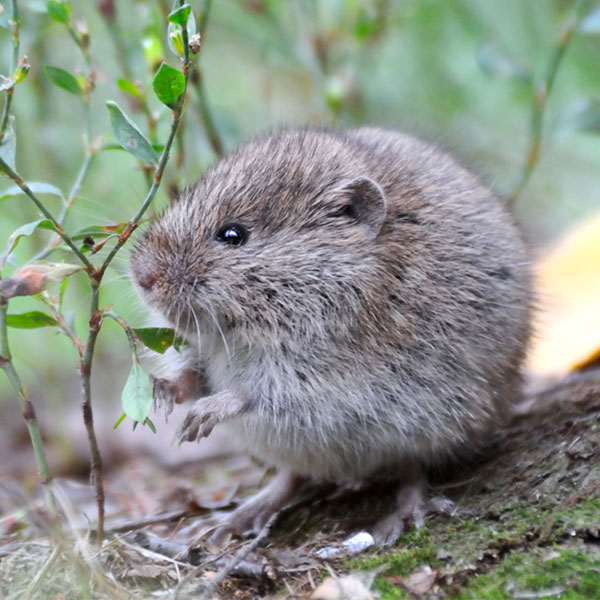Vole Control Tips to Maintain Your Backyard and Gardens
Comprehensive Guide to Efficient Vole Bug Control: Invasion Recognition and Therapy Methods
In the realm of efficient pest control, vole problems present an unique difficulty that requires a tactical technique. By exploring the nuances of vole habits, comprehending vital indications of problem, and reviewing an array of control options, one can develop a comprehensive approach to deal with these evasive insects.
Understanding Vole Behavior
Vole habits is identified by their burrowing practices and fast recreation rates, making them a tough bug to control effectively. These little rats normally produce detailed passage systems underground, utilizing them for shelter, food storage, and transportation. Voles are herbivores, eating a range of plants, yards, light bulbs, and origins, which can cause considerable damages to yards, orchards, and grass. Their quick reproductive price additional makes complex control initiatives, with females with the ability of producing several trashes in a single year, each consisting of numerous spawn.
Recognizing vole habits is crucial for reliable insect control strategies. By recognizing their burrow locations, monitoring feeding locations, and carrying out targeted control approaches, such as capturing or environment modification, vole problems can be taken care of effectively.
Signs of Vole Infestation

Avoidance Techniques
Applying reliable avoidance strategies is essential in lessening vole problems and protecting plants from their damaging feeding routines. To avoid vole infestations, it is necessary to begin by getting rid of potential food resources and shelter.
Regularly evaluating the property for indications of vole activity, such as paths and tunnel openings, is vital for early discovery and prompt action. Think about making use of catches or repellents purposefully placed near their paths if vole task is presumed. Utilizing all-natural predators like owls or serpents can also aid maintain vole populaces in check. By applying a mix of these prevention approaches, garden enthusiasts and homeowners can effectively safeguard their greenery from vole damages.
Non-Lethal Control Techniques
To properly take care of vole populations while prioritizing humane approaches, non-lethal control approaches provide useful options for reducing vole damages in landscapes and gardens. These obstacles can be buried at the very least 12 inches deep and bent at a 90-degree angle to prevent voles from tunneling below.

Lethal Control Options
One reliable method for attending to vole invasions in yards and landscapes includes the strategic usage of deadly control choices. When encountered with an extreme vole problem that non-lethal approaches have stopped working to consist of, executing deadly control steps ends up being vital. Overall, when utilizing deadly control alternatives, it is crucial to do so properly and in conformity with local regulations to effectively handle vole problems.
Verdict
Finally, vole yard damage efficient vole bug control needs an extensive understanding of vole actions, identification of signs of invasion, execution of prevention approaches, and utilization of both lethal and non-lethal control techniques. By incorporating these methods, people can effectively take care of vole populations and shield their property from damage. It is necessary to address vole invasions immediately to stop additional concerns and decrease the influence on the surrounding atmosphere.
Given the detailed tunnel systems and quick reproduction rates particular of voles, identifying the indicators of vole infestation comes to be crucial in effective insect control. One of the main indications of vole visibility is the existence of surface paths or tracks in yard or snow, typically regarding 1-2 inches vast, developed as voles take a trip in between their burrows and food resources.To effectively manage vole populations while prioritizing humane techniques, non-lethal control methods use useful options for minimizing vole damages in yards and landscapes.One efficient technique for resolving vole infestations in landscapes and yards includes the calculated usage of lethal control options. vole yard damage.In final thought, efficient vole insect control calls for a thorough understanding of vole actions, recognition of indications of infestation, implementation of prevention methods, and usage of both non-lethal and deadly control approaches